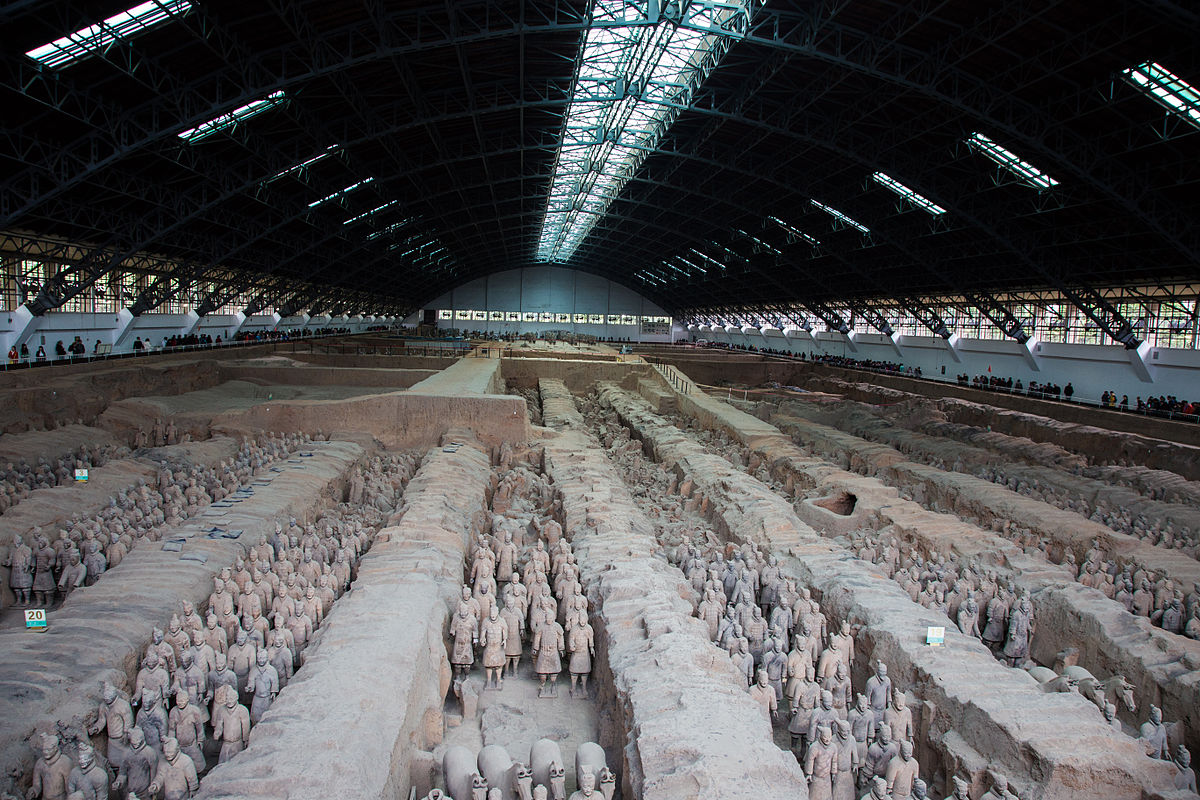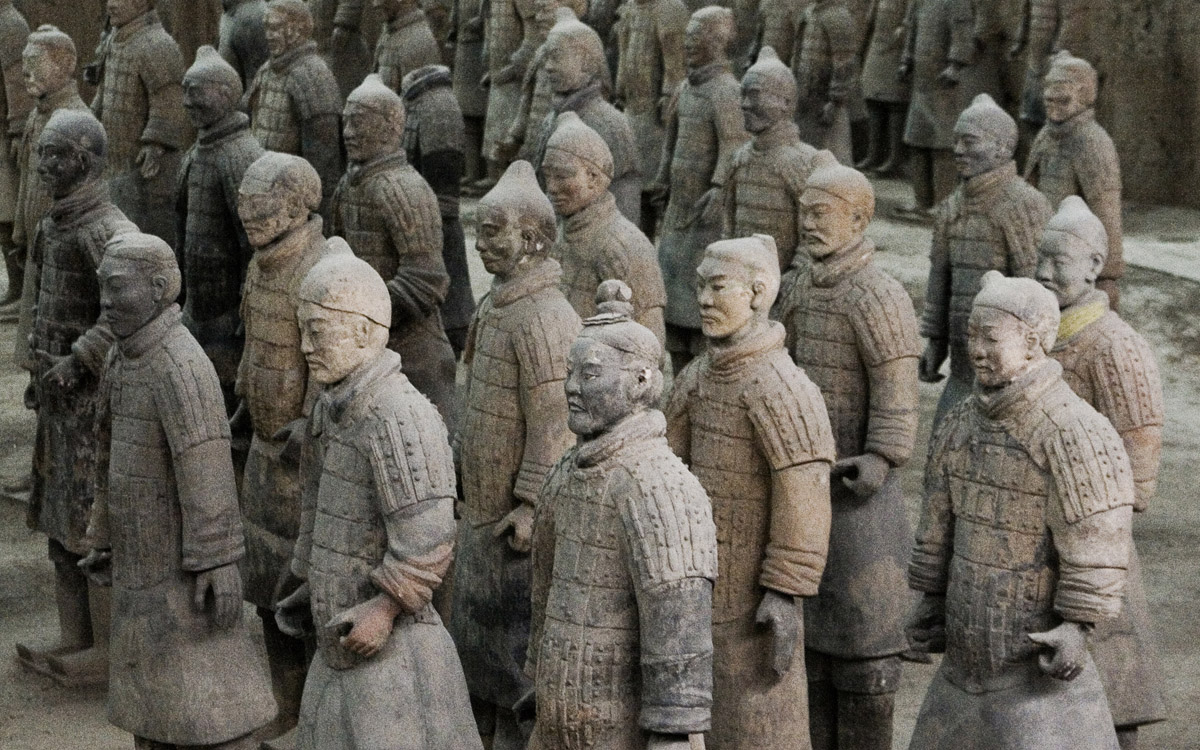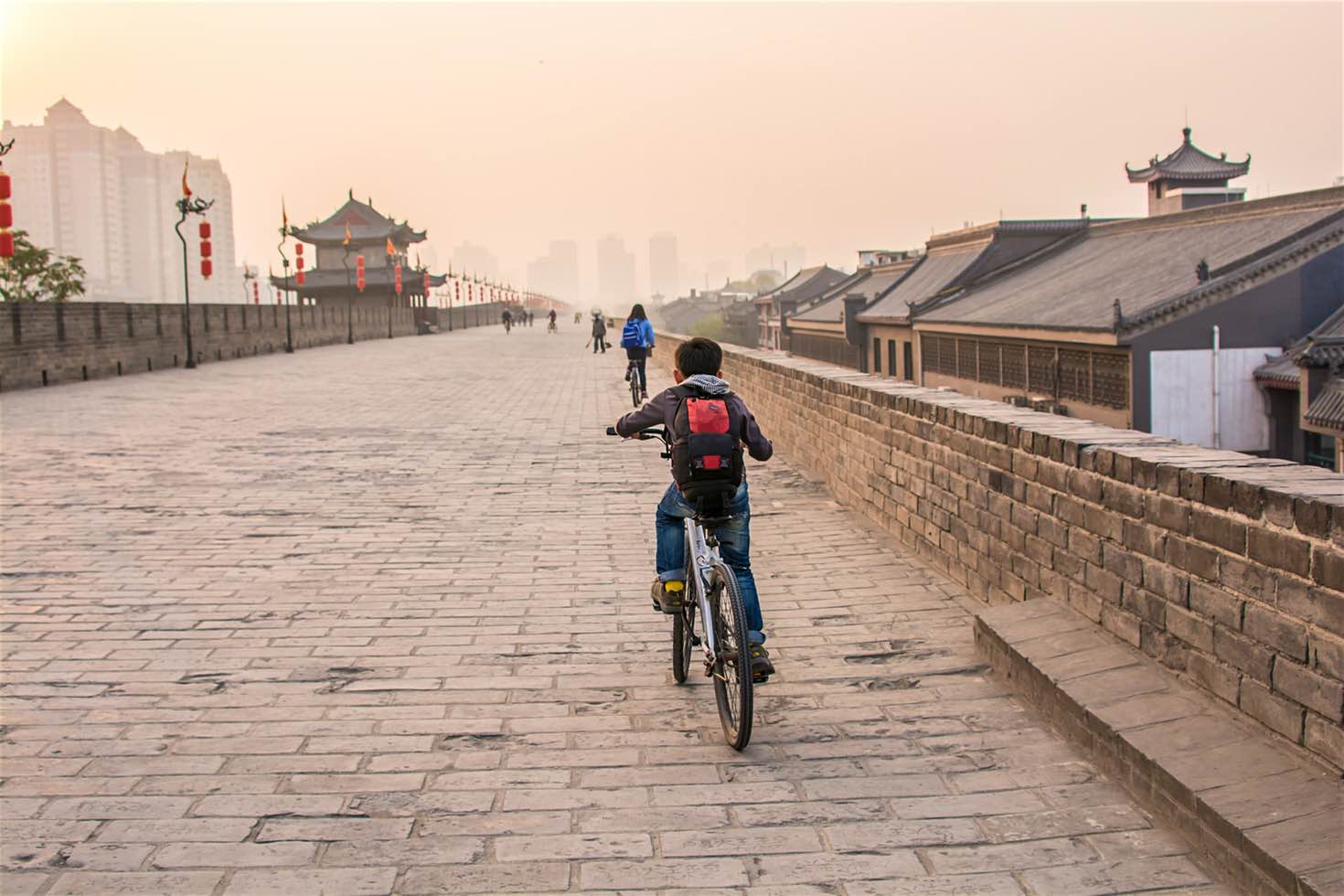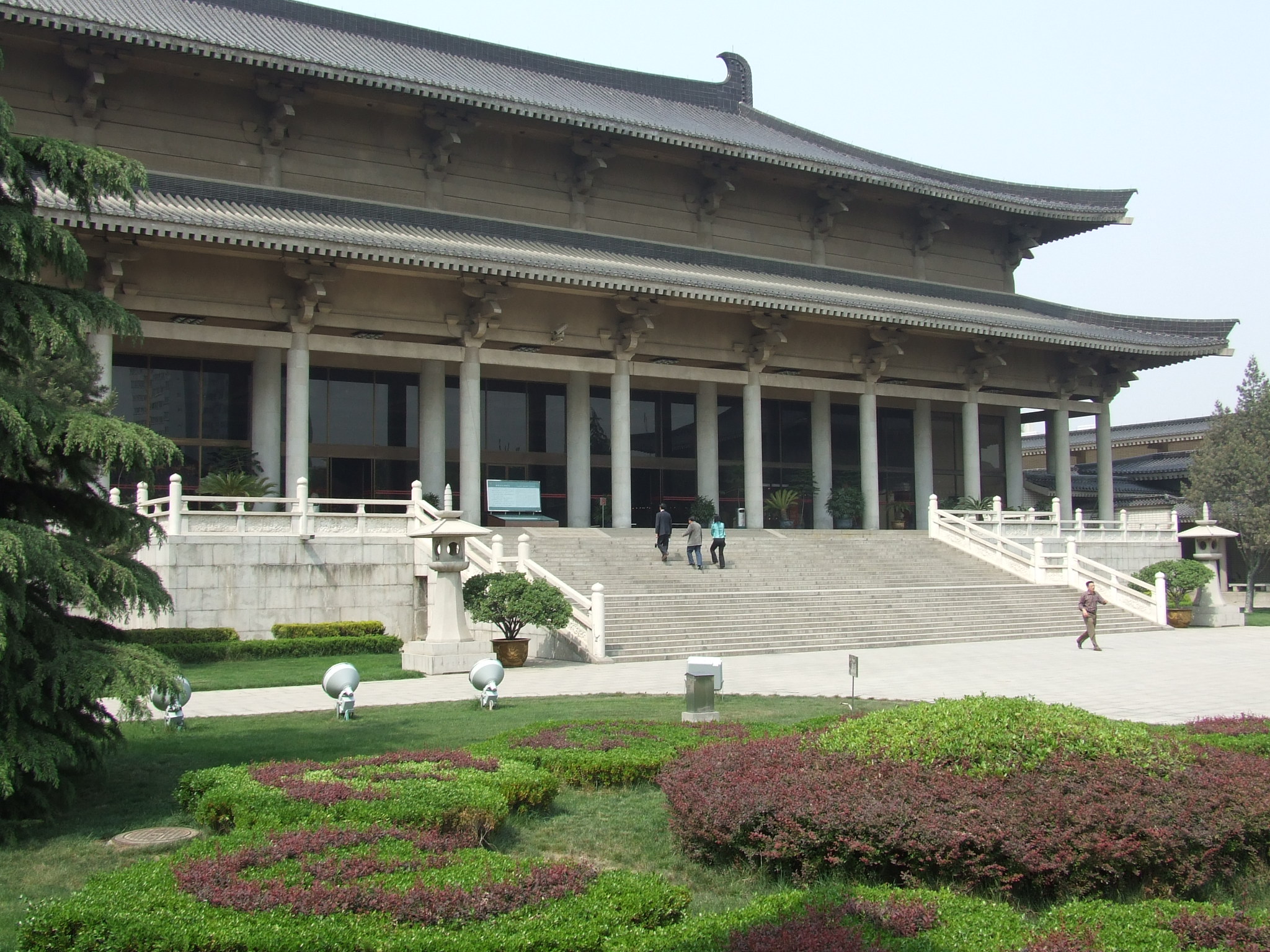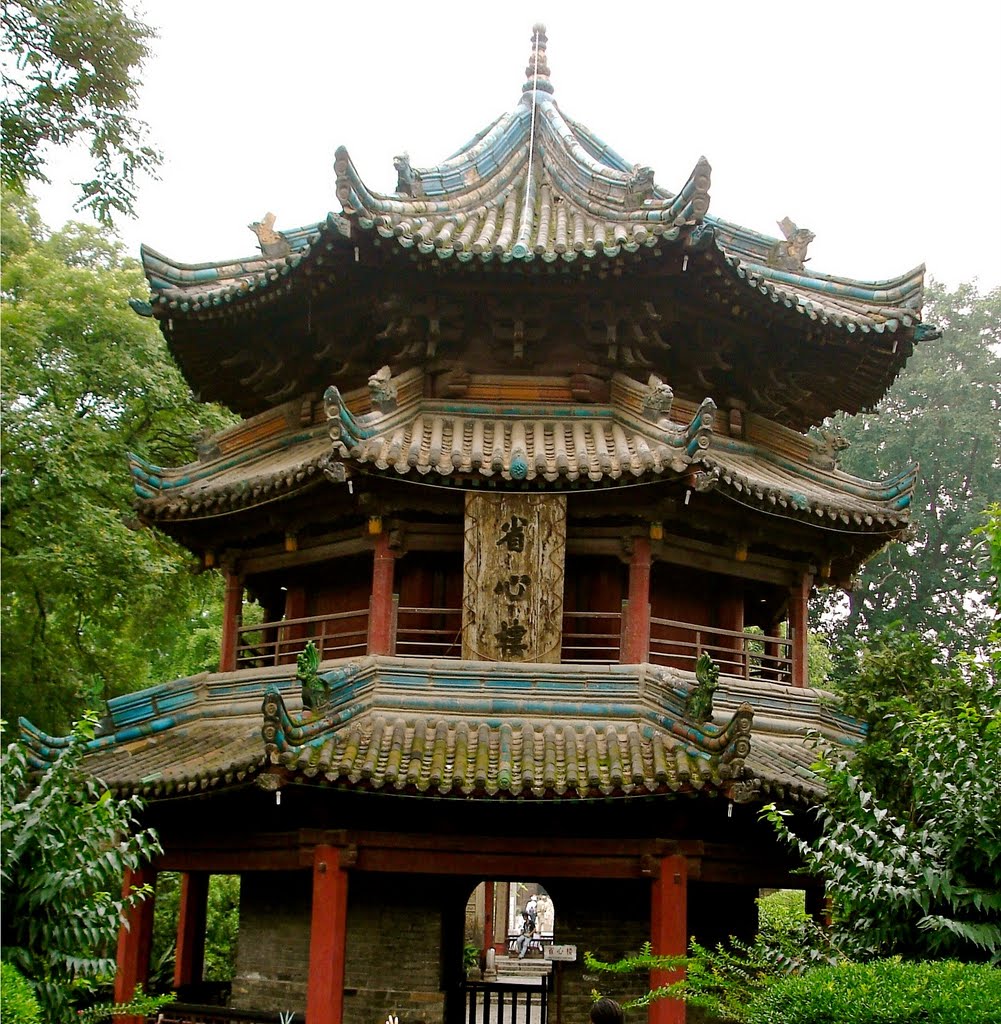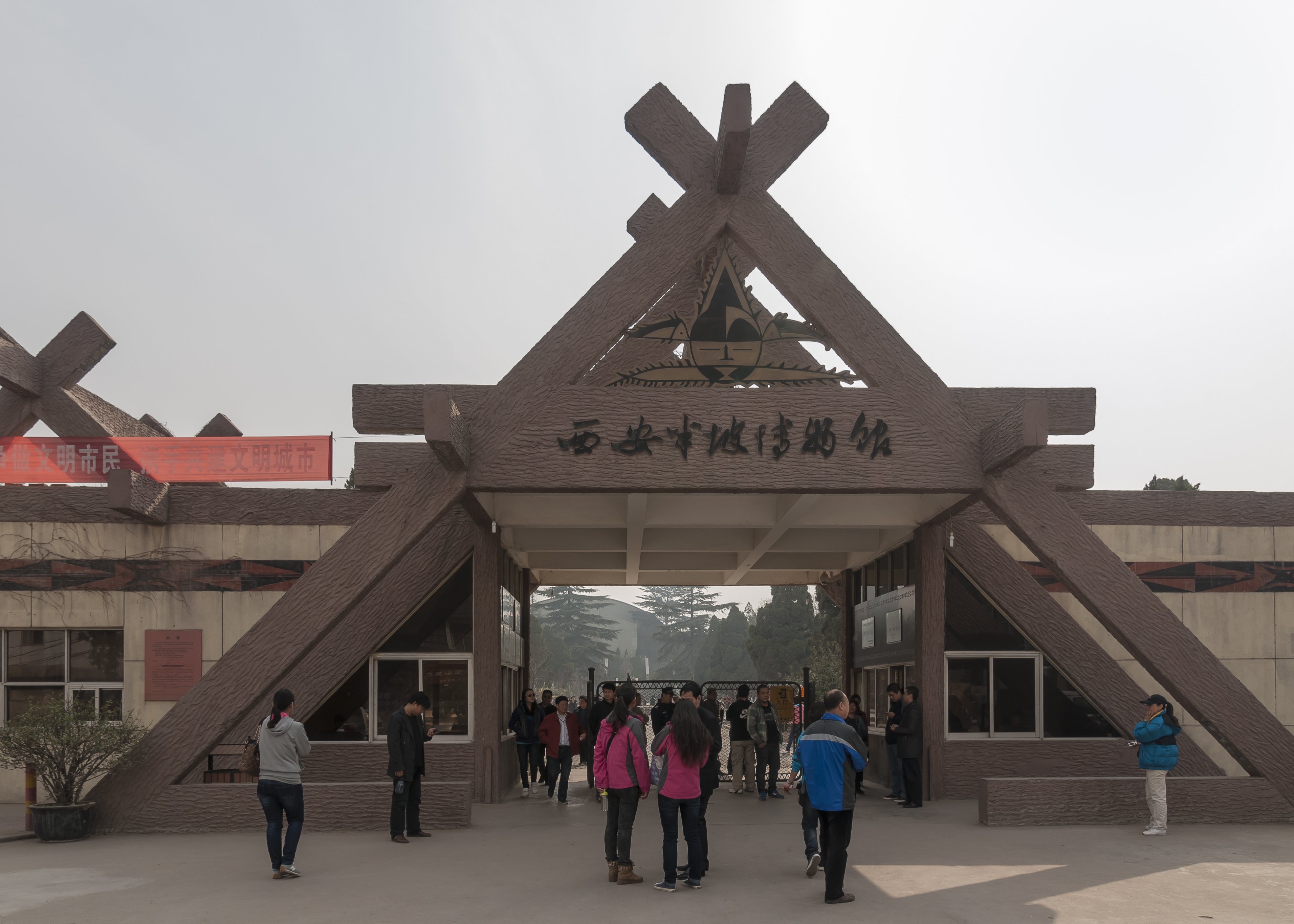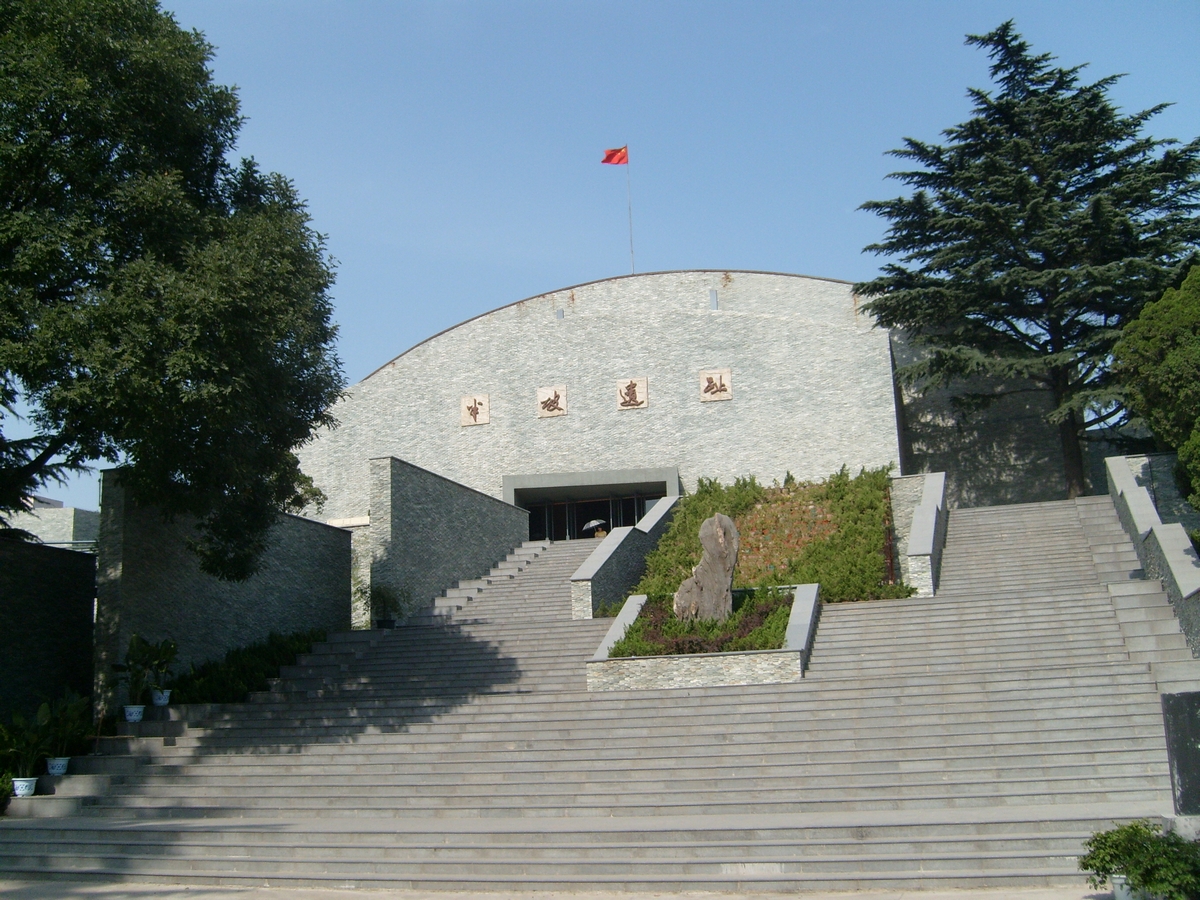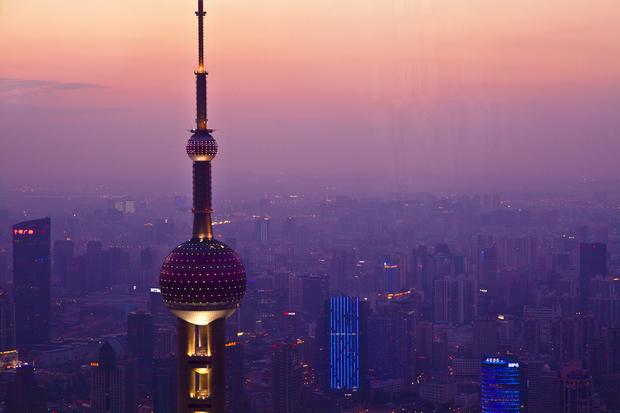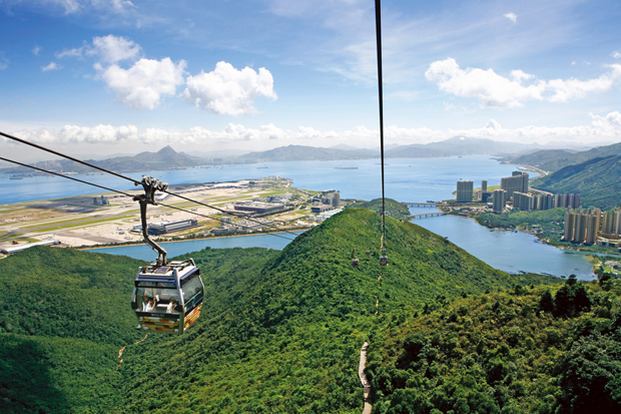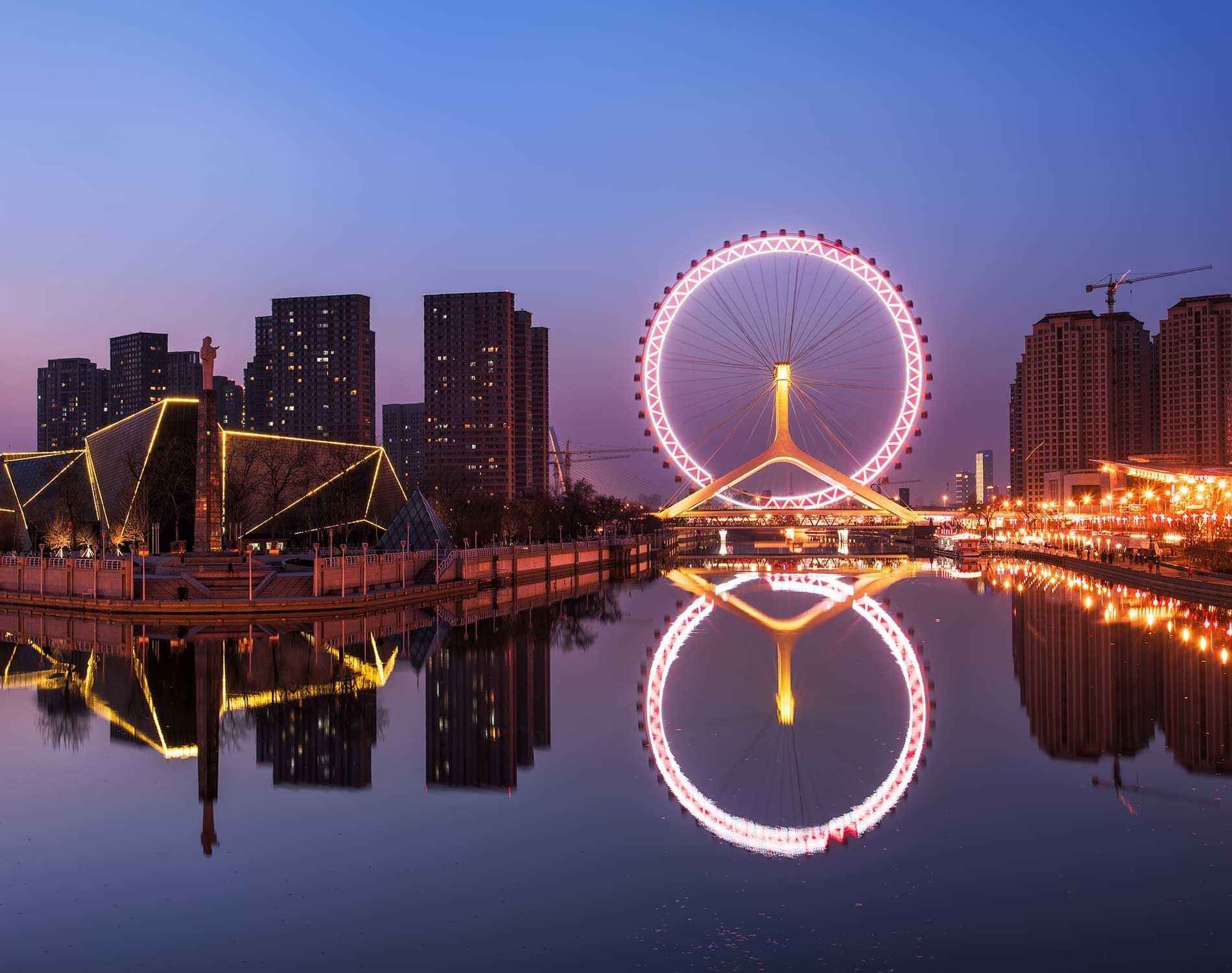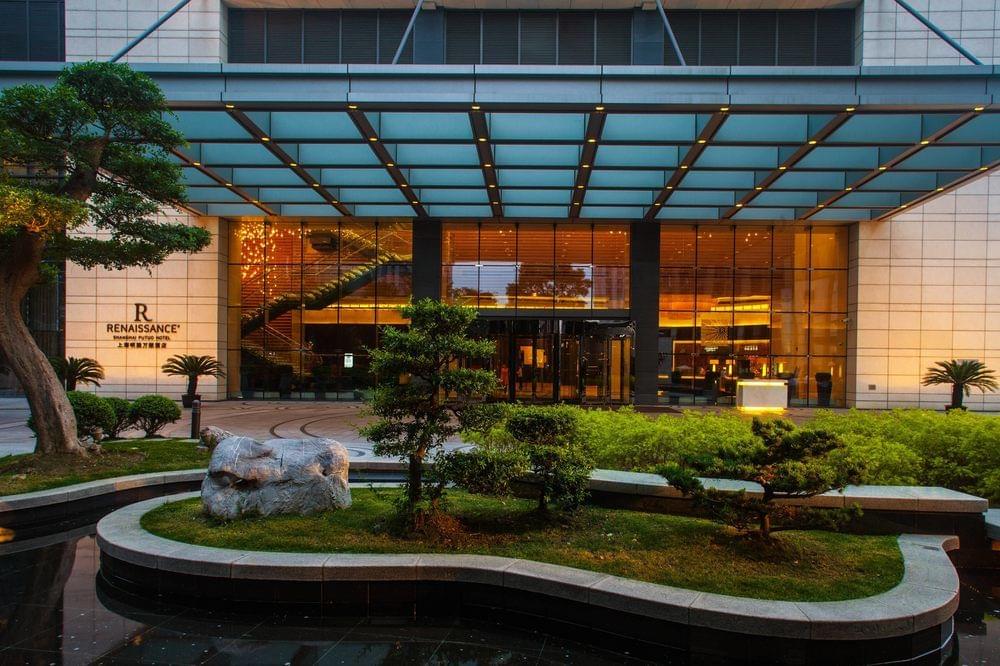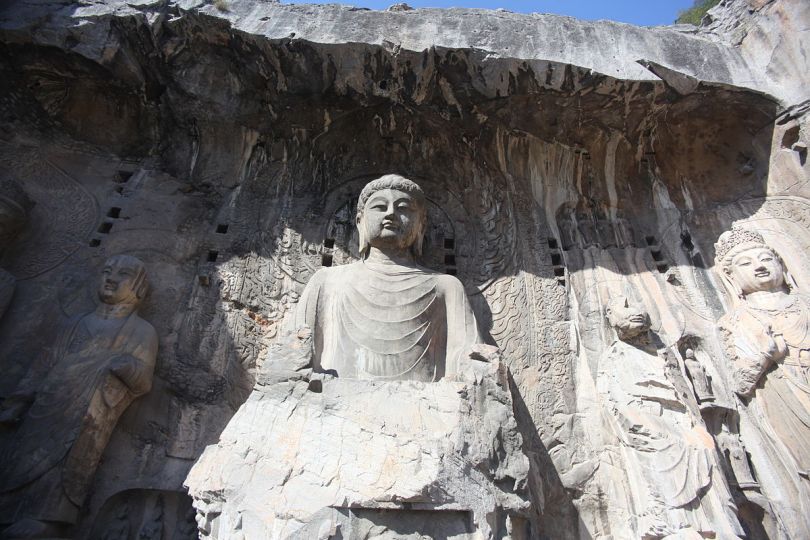Xi’an was called the city of peace, and it was the capital of China during the golden cultural era of the empire. From clay, it is a wonderful and unique sight in Xi’an. In 2017, the site celebrates its 30th anniversary since its inscription on the UNESCO World Heritage List. Xi’an is now one of the developed and prosperous cities before, as new railways, new express aviation, and a transit visa-free plan have been introduced. Xi’an is witnessing the beginnings of a revival, as cafes, hotels, and modern institutions have begun to recover. The city is also home to some of the best lodges in China, as it enjoys excellent service for visitors from all over the world.
Xi’an, Chinese city and its attractions
Army of clay sculptures
The Chinese Terracotta Army, or the so-called Terracotta Army, are the guards of the mausoleum of the first emperor of China Qin, and this army of statues is one of the monuments on the list of the World Heritage of the United Nations Educational, Scientific and Cultural Organization of UNESCO. The terracotta army, one of the greatest archaeological discoveries of the past century, is displayed in the museum, among them the statue of the general, who is the tallest soldier in the army with a length of 195 cm, along with a horse pulling a vehicle, soldiers carrying shields, and statues of soldiers carrying arrows. It explains to the visitors the stages of the establishment of the Chinese clay army. The clay army was discovered by chance in 1974 by local farmers while digging a water well near Xi'an in Shaanxi Province, and scientists believe that terracotta army statues were built in 246 BC.
Army of clay sculptures
Where about 700 thousand people participated in the construction of nearly 8 thousand fighters with unmatched delicate features, 130 military vehicles, and 520 horsepower, along with 150 horsemen, and fighters ranged between 183-195 cm. UNESCO included the Terracotta Army in 1987 on the World Heritage List.
Army of clay sculptures
Xi'an City Walls
Xi'an is still the only major city in China where you can ride bikes over the original city walls, and it is a unique and satisfying way to look at the ancient city from the walls of the Ming dynasty. Where you can do this during the summer after noon, and the goal is that the weather is beautiful and suitable for wandering in bicycles as simple sunlight spreads throughout the city in addition to being the best time for photography. It is a great way to wander and entertain, as well as the opportunity to see beautiful scenery in Xi'an.
Xi'an City Walls
Shaanxi Historical Museum
Located in the northwest of Waus Wild Temple in Xi'an, Old Town of Shaanxi, China, this museum is one of the first huge government museums with modern facilities in China. It is also one of the largest museums in China as the museum houses more than 370,000 artifacts, including murals, paintings, pottery and coins, as well as bronze, gold and silver objects. The museum was built between 1983 and 2001 and looks similar to the architectural style of the Chinese Tang Dynasty. The museum was opened to the public on June 20, 1991. It covers an area of about 65,000 square meters, with a building area of 55,600 square meters, in addition to stores that also contain many monuments and an area of 8,000 square meters, and exhibition halls 11,000 square meters The museum consists of a hall in the center, and the warehouses located in the corners. It is one of the most impressive museums with unique artistic architecture, as it is a mixture of traditional and modern architecture.
Shaanxi Historical Museum
This museum was originally built for the purpose of incorporating artifacts found in Shaanxi Province, as the province is famous for being rich in cultural relics. With the completion of the Shaanxi Historical Museum, more than 370,000 valuable items were discovered, which were discovered in Shaanxi Province in the Tang Tombs. Since the museum's inception, it has followed the policy of collecting, preserving, publishing, teaching, and scientific research, using many historical monuments and conducting different types of exhibits. The relics were also exhibited outside China in the cities of Japan, France, the United States and Germany.
Shaanxi Historical Museum
Xi'an Mosque
The Great Mosque of Xi'an, located in the ancient city of Xi'an, located in China, is one of the oldest mosques there. It was built in 742 AD according to the date engraved on the stone inside the mosque. The design of the mosque was based on Islamic and Chinese heritage during the Tang Empire, when Arab Muslim merchants came to China via Persia with the intention of trading in Persia and Afghanistan. That mosque is one of the most important and oldest mosques in the Republic of China.
Xi'an Mosque
The mosque, which still retains its first shape, is located inside the walls of the ancient city of Xi'an, which was the capital of China at the time, and it was rebuilt in 1392 AD, and was restored three times. The Shiyan Grand Mosque is famous for its wonderful examples of Arabic and Chinese lines, as the current floor area is 15 thousand square meters, while its architectural area is six thousand square meters, and it is one of the rare things in China due to its large size and Muslims intend there to pray, as well as visits of tourists.
Xi'an Mosque
Banpo Museum
Banpo Museum is located in the eastern suburbs of Xi'an, Shaanxi Province. It is the first museum on the site, it dates back to prehistoric times, where it was built at the excavation base of Banbu site. Since it officially opened to the public in 1958, it has been visited by two million people. Banpo is the Umayyad community of the Neolithic period and is also a model site of culture dating back more than 6000 years. At the time, people who lived on the site used tools made mainly of wood and stone. The woman, the decisive workforce, was responsible for making pottery, spinning, and raising a family, while men hunted.
Banpo Museum
Banbo Museum is divided into two halls, the exhibition hall and the site hall. The first hall, which is the exhibition, where remains of the remains have been discovered at Banbu site. The exhibition hall consists of the first hall and the second hall. The artifacts in these two halls are primarily the production tools and household items used by the primitive Banbu people, including axes, chisels, machetes, stone, and pottery knives. In addition, it reflects the artwork and decorations that were present in their social life. The second exhibition hall is used primarily for auxiliary exhibitions and contains two halls. Where special shows are held on ethnology, folklore, and art history related to prehistoric culture. The area of the site hall is about 3000 square meters and contains a residential section, pottery and burial. Of the three, the residential section is the main part of the site hall, where the huts, ovens and tombs of the Neanderthals are shown.
Banpo Museum
A visit to the Chinese city of Xi'an is one of the most enjoyable and exciting experiences of what this beautiful city has in its ancient history and extensive culture, in addition to rare and unique tourist attractions.
Moved moved

